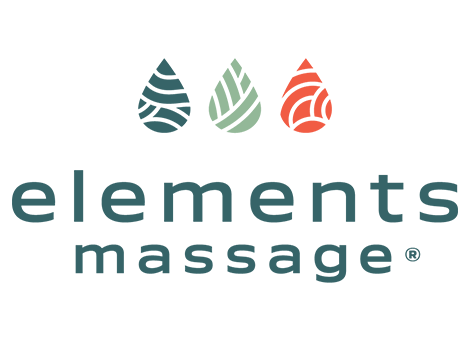Massage Therapy and Connective Tissue
Connective tissue is an integral part of the musculoskeletal system, providing support and anchorage for various structures in the body, including muscles and organs. Massage therapy has been shown to positively impact connective tissues, enhancing their flexibility and health, and contributing to overall well-being (Schleip et al., 2012).
How Does Massage Therapy Benefit Connective Tissue?
Massage therapy can affect connective tissues in several ways:
-
Breaking Down Adhesions: Massage can help break down adhesions or "knots" within the connective tissue (often referred to as fascia) that can restrict movement and cause discomfort. The mechanical pressure applied during a massage helps release these adhesions, improving flexibility and reducing pain (Sherman, 2014).
-
Enhanced Blood Circulation: Through improved circulation, massage therapy facilitates a better supply of nutrients to the connective tissues, promoting their health and vitality. Better circulation also aids in the removal of waste products from these tissues, enhancing their overall function (Crane et al., 2012).
-
Promoting Tissue Regeneration: Massage therapy can stimulate fibroblasts, the cells responsible for creating the extracellular matrix and collagen, which are integral parts of connective tissue. This process can support tissue regeneration and repair (Field, 2014).
Scientific Evidence on Massage Therapy and Connective Tissue
There is a growing body of research supporting the beneficial impact of massage therapy on connective tissue. A study by Crane et al. (2012) found that massage therapy mitigated the inflammatory response of damaged skeletal muscles and promoted mitochondrial biogenesis, contributing to the repair and regeneration of tissues.
A study by Schleip et al. (2012) revealed that manual therapy, including massage, could induce viscoelastic tissue changes, promoting flexibility in the connective tissues and enhancing their function.
In a study conducted by Field (2014), it was found that massage therapy promoted the proliferation of fibroblasts, leading to improved wound healing and tissue repair.
References
- Crane, J. D., Ogborn, D. I., Cupido, C., Melov, S., Hubbard, A., Bourgeois, J. M., & Tarnopolsky, M. A. (2012). Massage therapy attenuates inflammatory signaling after exercise-induced muscle damage. Science Translational Medicine, 4(119), 119ra13.
- Field, T. (2014). Massage therapy research review. Complementary Therapies in Clinical Practice, 20(4), 224-229.
- Schleip, R., Duerselen, L., Vleeming, A., Naylor, I. L., Lehmann-Horn, F., Zorn, A., Jaeger, H., & Klingler, W. (2012). Strain hardening of fascia: Static stretching of dense fibrous connective tissues can induce a temporary stiffness increase accompanied by enhanced matrix hydration. Journal of Bodywork and Movement Therapies, 16(1), 94-100.
- Sherman, K. J. (2014). Guidelines for developing yoga interventions for randomized trials. Evidence-Based Complementary and Alternative Medicine, 2014.

